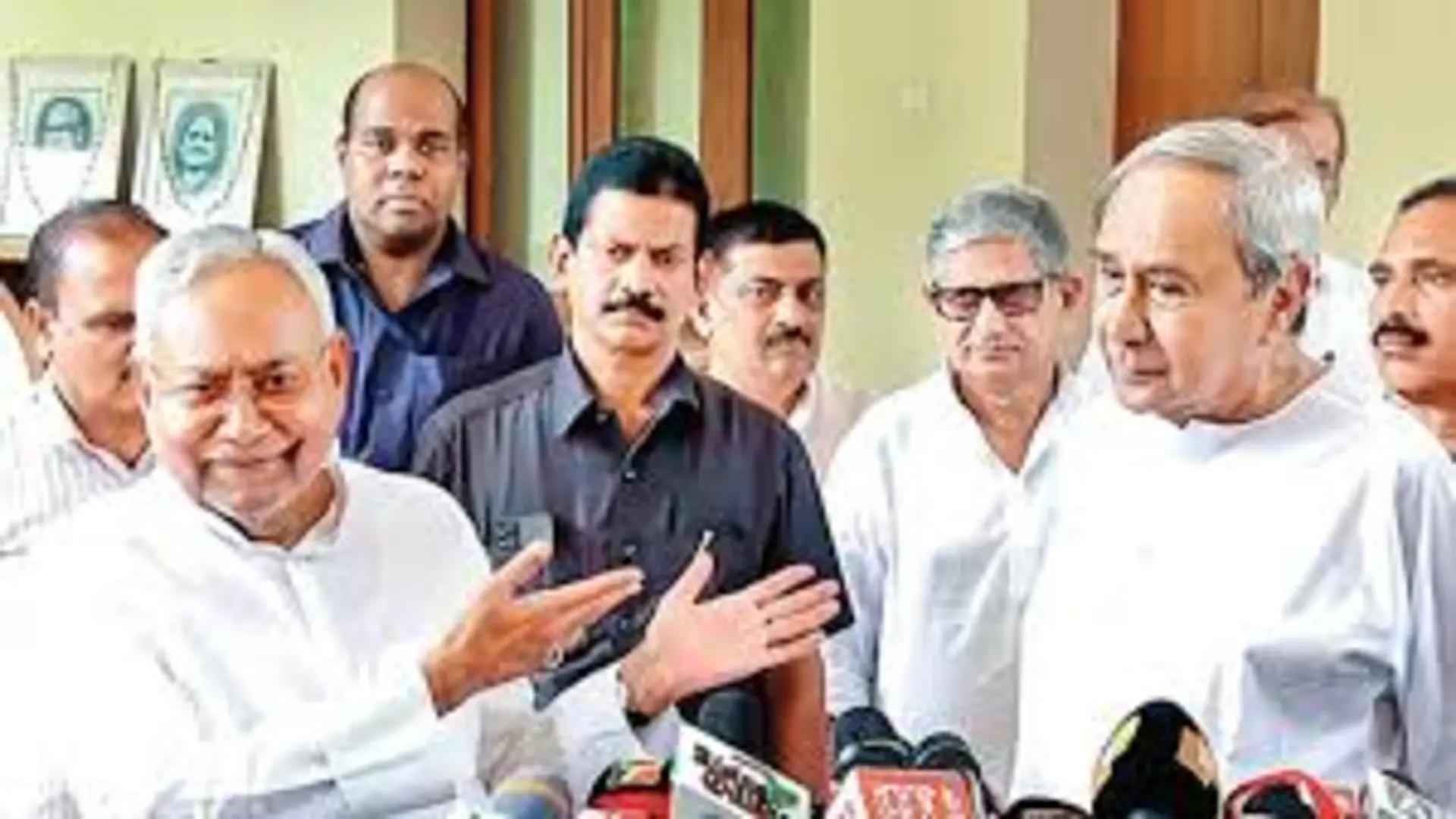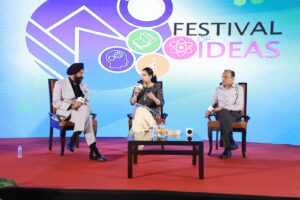Having witnessed the economic, political and social history of India for more than 200 years, India’s largest bank has successfully remained competitive amidst a fierce turf war by private peers over India’s financial services landscape. The most instrumental factor in the State Bank of India’s growth journey has been its penetration into India’s every nook and corner, the hinterland and deepest points, said Rajnish Kumar, former SBI Chairman on the “SBI Story” in the Festival Of Ideas event presented by the ITV Media Group and Prabha Khaitan Foundation on Thursday.
“The Bank has been a witness to the economic, political and socialist history of India for more than 200 years. “When you visit the remotest place in India, be it Ladakh or Kashmir, you can find a branch of SBI or its ATM,” said Kumar. “Following the intense rivalry with private banks after the 1991 banking sector reforms, the SBI is holding its placard. So there are some things which it does well,” said Kumar, who pointed out that SBI has managed to reinvent the image because of the kick in the competition. “I have seen the bank in the pre-reform era and beyond. It has been able to withstand based on work culture and efficiencies,” he said.
According to Kumar, the ability to reach the grassroots is key to SBI touching the life of every Indian. “The digital transformation has left a deep impact. The digital arm of the bank YONO is the largest in the world with 60 million user base. It has enabled the bank to shed its image amongst the young generation. People have realised that it is more tech savvy than any other private bank,” said Kumar.
Kumar agreed that as a Government bank there are some defined processes but there is no way that a large organisation can avoid that. “Still despite that and by not diluting the rigours of the process, there have been many changes to enable us to achieve a certain level of efficiency and serve people,” said Kumar.
Kumar agrees that the challenges of multiple schemes of the Government and ensuring that the benefits reach, require banks to emphasise financial literacy and its dissemination. “For transformation to a USD 5 trillion economy, the banks are the most important instruments for channelising investments. A lot of this happening in infrastructure is being driven by Government. However, there are signs that private sector investments are coming back,” Kumar added. He also suggested that a workforce which is skilled and alive to the competition and motivated is a crucial aspect of the leadership’s task of talent management.











